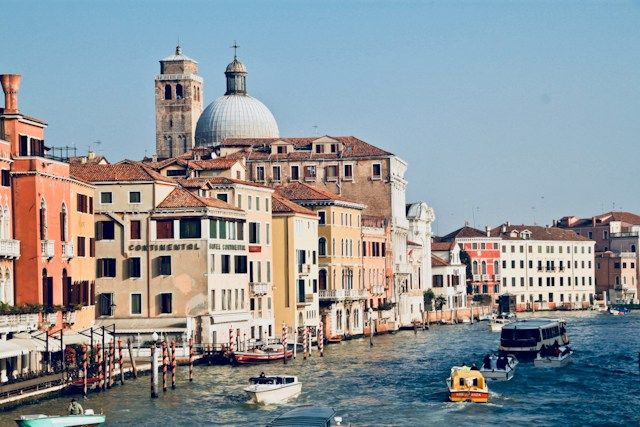The city of Venice, famous for its beauty and cultural richness, faces an increasingly pressing threat: rising sea levels and land subsidence.
However, an innovative proposal could offer a surprising solution to this unprecedented challenge.
In this article, we will explore the bold concept of raising Venice by pumping water underground, examining both the technical details and the long-term implications of this revolutionary proposal.
Lift venice by pumping water: addressing a multifactorial crisis

Venice has faced the constant risk of flooding and land subsidence for centuries. However, with rising sea levels caused by climate change, this threat has intensified, endangering the city's future.
In the past, the extraction of water and hydrocarbons from underground has contributed to subsidence, causing irreparable damage to the infrastructure and the lagoon environment.
The construction of the MOSE system has provided a form of defense against high water, but its limitations are obvious.
Lift venice by pumping water: a university professor's innovative proposal
A proposal put forward by Professor Pietro Teatini of the University of Padova offers a new perspective in the fight against subsidence in Venice.
The idea of raising the city by pumping water underground not only offers a technologically advanced solution, but could also be a sustainable way to address the problem of rising sea levels.
Using a network of wells strategically distributed around the city, salt water would be injected to a depth of five hundred meters, gradually raising the ground level and mitigating the effects of subsidence.
Lift venice by pumping water: the process from hypothesis to practice
The proposed process involves a series of clearly defined steps.
First, a detailed study of the geology and hydrology of the Venice Lagoon would need to be conducted to fully understand the characteristics of the soil and groundwater. Next, a series of wells would be drilled around the city, through which salt water would be injected.
This operation would require careful modulation of pressures to ensure uniform ground uplift and minimize the risk of structural damage.
Lifting Venice by pumping water: a safer future to save it
According to simulations conducted by Teatini and his team, this technique could allow the city to rise 25-30 centimeters in ten years.
This achievement would be a significant step forward in counteracting the effects of subsidence and sea level rise.
However, it should be stressed that the success of the project will depend on its proper implementation and constant monitoring of its effects on the surrounding environment.
Lifting Venice by pumping water: economic and timing considerations
Implementing a project of this magnitude would entail significant financial and logistical costs.
However, Teatini suggests that the potential long-term benefits to the city and its population could justify the necessary investment.
In terms of timing, the process could take several years to complete, including periods of testing and validation of results.
Lift venice by pumping water: conclusion
The proposal to raise Venice by pumping water underground represents a new frontier in the fight against subsidence and sea level rise.
Although further study and thorough evaluation of its potential impacts is needed, this proposal offers an intriguing prospect for the future of the lagoon city.
With a careful approach and cooperation between experts, governments and local communities, it may be possible to secure a sustainable future for one of the world's most iconic cities.

